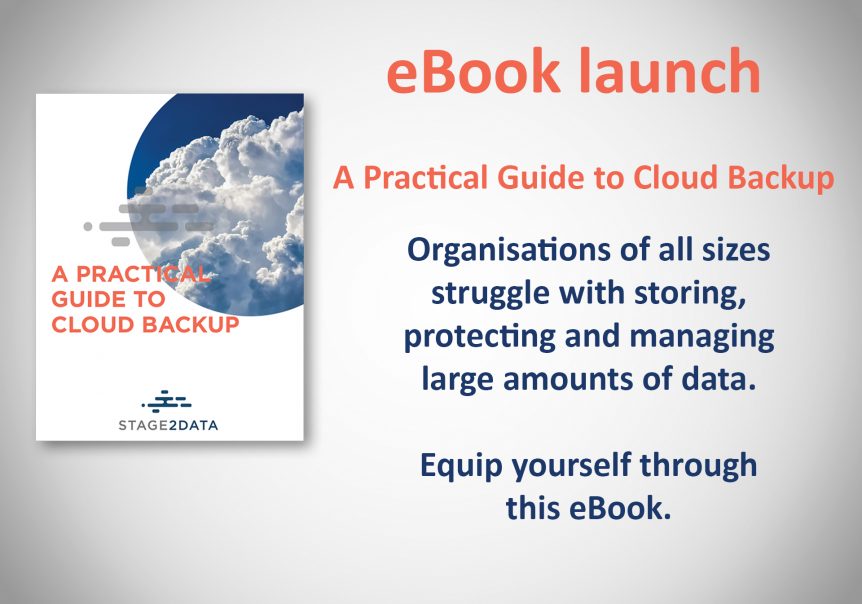A practical Guide to Cloud backup provides a working guide to businesses and individuals struggling with storing, protecting and managing large amounts of data.
It contains best practices when choosing the most appropriate cloud option for your organization by, inter alia, detailing the types of cloud backups, highlighting the advantages of cloud backup and explaining the difference between cloud backup and business continuity / disaster recovery (BCDR). If further includes a brief “how to” section when choosing a cloud service provider.
Part 1 sets out the aim of this eBook namely to educate business owners about cloud backup by providing a balanced overview of cloud backup against the backdrop of the common struggles organizations grapple with on a daily basis. Part 2 delves into the history of backing up followed by the forms, from old and outdated to new, of backing up. It concludes with a comparison table of the different forms of backup to provide a bird’s-eye view of cloud backup versus the traditional tape backup, focusing specifically on the benefits associated with the former.
Part 3 distinguishes between the different types of cloud backups by first defining each type of backup and then providing the reader with a differentiation matrix to assist in choosing the best cloud option for your organization. Part 4 moves on to listing and discussing five advantages of moving to cloud backup pointing out that opting for cloud storage is not only a solid business decision but also an environmentally friendly one as cloud storage can assist in reducing an organization’s carbon footprint. Part 5 highlights the difference between cloud backup and BCDR by taking a closer look at the three main elements contributing to the necessity of BCDR namely, it prevents downtime, loss of revenue and potential bankruptcy; it protects against data loss; and it protects your [organization’s] reputation.
Part 6 guides the reader through the considerations when choosing a cloud service provider such as storage space, backup frequency, uptime, security and support whereafter this eBook concludes, in part 7.


